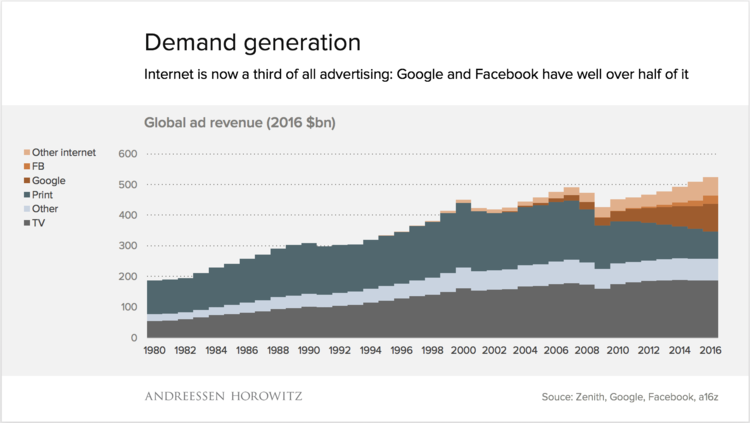Note: This post was authored by Sachin Kamdar, my co-founder at Parse.ly, in 2017. It was written as CEO of the company we started together, but reflects our joint attitude, at least at that moment in time, toward fundraising. It is hosted on my blog as an archival project for the MuckHacker group blog we started a few years back.
I felt pretty good at the start of 2017. My company, Parse.ly, had just executed its best quarter without exploding expenses. We’d built the business to a point where we effectively had unlimited runway to stay the course and still grow. However, coming off of such a successful year made me realize how much more we could do.
2016 gave us a taste of how impactful launching new products and working with differentiated customers could be for our business. We’d only scratched the surface. I knew what we had in the bank wasn’t going to be enough to capture the full opportunity in the market. We needed to fundraise if we wanted to accelerate our momentum.
Sachin Kamdar, CEO at Parse.ly (left); Andrew Montalenti, CTO (right)
I know I’m preaching to the choir when I say fundraising is hard; the numbers are against us. Mattermark found that on average, just 17% of companies that raise a Series A go on to raise a B and that number dwindles to 0.3% for later rounds.
While raising capital is hard, there’s an emerging debate as to whether growing your business organically from customer revenue is even harder. The founder of Basecamp lambasted the VC market for misalignment with entrepreneurs, suggesting the market was architected with few windows for success, instead encouraging growth at all costs.
Continue reading A Different Way — Thoughtful Financing, Or Why We Said “No” to a Lot of Money






